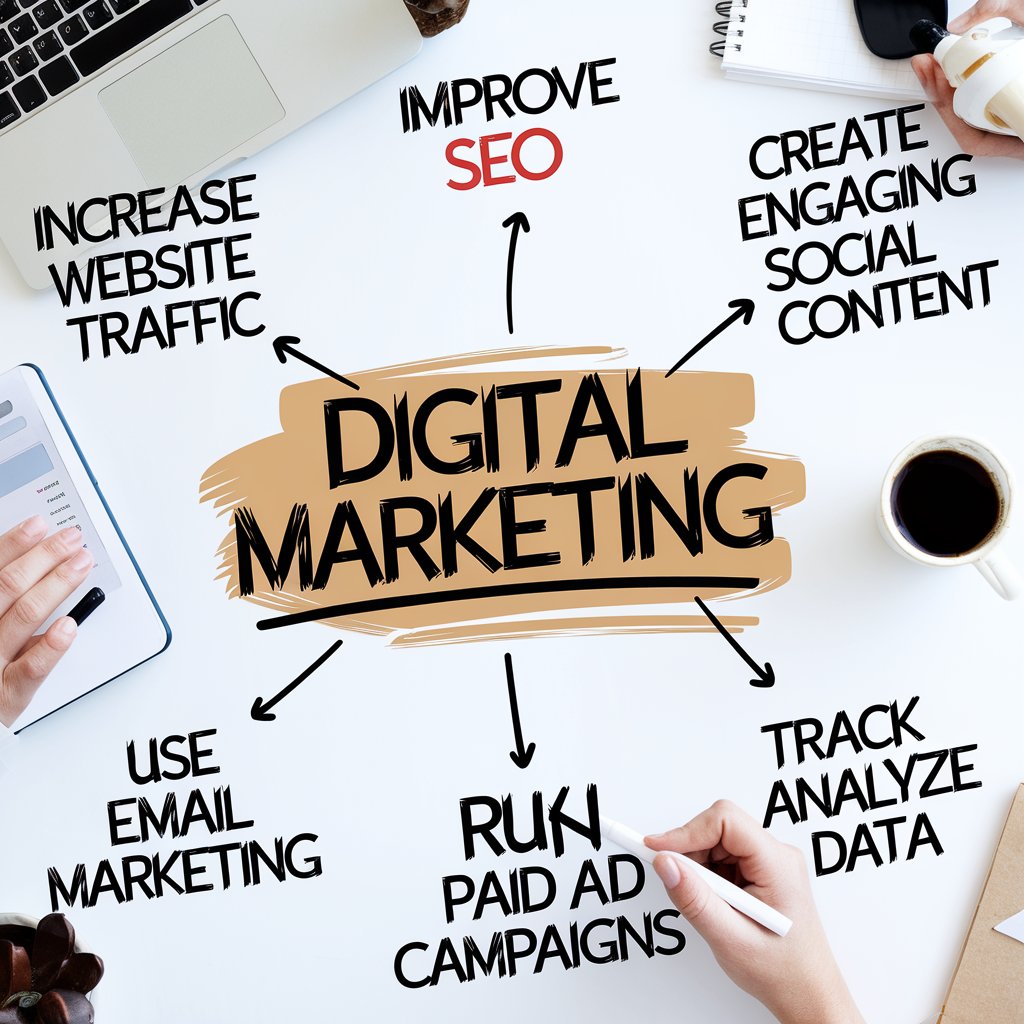How to Understand Your Audience in the Digital Landscape
In the rapidly changing digital landscape, understanding your audience is crucial for businesses looking to thrive online. Whether you’re running a blog, an e-commerce store, or a service-based business, knowing who your audience is and what they want can make or break your success. This guide will walk you through the essential steps to understand your audience in the digital world and how to use that knowledge to your advantage.
The Importance of Audience Understanding in the Digital Landscape
Understanding your audience is the foundation of effective digital marketing. It enables you to tailor your content, messaging, and overall strategy to meet the needs and expectations of your target market. In the digital landscape, where consumers are bombarded with content from all directions, being able to cut through the noise and connect with your audience on a deeper level is vital.
Enhancing Customer Experience Through Audience Insights
When you understand your audience, you can create a more personalized and engaging customer experience. This involves knowing their pain points, preferences, and behaviors. By leveraging data from various digital channels, you can refine your approach to offer solutions that resonate with your audience, ultimately leading to higher conversion rates and brand loyalty.
Tools and Techniques for Audience Analysis in the Digital Landscape
To understand your audience, you need to employ various tools and techniques that provide valuable insights into their behavior and preferences. Here are some essential methods to consider:
Utilizing Web Analytics for Audience Insights
Web analytics tools like Google Analytics are invaluable for gaining insights into your audience’s behavior on your website. You can track metrics such as page views, time spent on site, bounce rates, and conversion rates. By analyzing this data, you can identify which content resonates most with your audience and where there might be opportunities for improvement.
Leveraging Social Media Analytics
Social media platforms are a goldmine for audience insights. Tools like Facebook Insights, Twitter Analytics, and Instagram Insights provide detailed information about your followers, including demographics, interests, and engagement levels. These insights can help you tailor your social media strategy to better align with your audience’s preferences.
Conducting Surveys and Polls
Surveys and polls are direct ways to gather information about your audience. By asking the right questions, you can gain a deeper understanding of their needs, preferences, and pain points. This information is invaluable for creating content and products that truly resonate with your audience.
Understanding Audience Segmentation in the Digital Landscape
Audience segmentation involves dividing your audience into smaller groups based on specific criteria such as demographics, behavior, or interests. This allows you to create more targeted marketing campaigns that resonate with each segment.
Demographic Segmentation
Demographic segmentation involves dividing your audience based on characteristics such as age, gender, income, education level, and occupation. Understanding these factors helps you tailor your messaging and offers to appeal to each group more effectively.
Behavioral Segmentation
Behavioral segmentation focuses on how your audience interacts with your brand. This includes their purchase history, product usage, and engagement with your content. By understanding these behaviors, you can create more personalized marketing efforts that address specific needs and behaviors.
Psychographic Segmentation
Psychographic segmentation involves understanding your audience’s attitudes, values, and lifestyles. This deeper level of understanding allows you to create messaging that resonates emotionally, fostering stronger connections with your audience.
Applying Audience Insights to Your Digital Strategy
Once you’ve gathered and analyzed your audience data, the next step is to apply these insights to your digital strategy.
Personalizing Content and Messaging
Personalization is key to connecting with your audience in the digital landscape. Use the insights you’ve gained to create content and messaging that speaks directly to the needs and desires of your audience segments.
Optimizing User Experience
Understanding your audience allows you to optimize their experience on your website and across digital channels. This includes improving site navigation, creating intuitive user interfaces, and ensuring your content is accessible and engaging.
Refining Your Marketing Campaigns
Use audience insights to refine your marketing campaigns, from social media ads to email marketing. You can increase engagement and drive better results by targeting the right audience with the right message at the right time.
Continuous Learning: Staying Ahead in the Digital Landscape
The digital landscape is constantly evolving, and so are the preferences and behaviors of your audience. It’s crucial to continuously monitor and analyze your audience data to stay ahead of trends and adapt your strategy accordingly.
Monitoring Trends and Adapting Strategies
Keep an eye on emerging trends in the digital landscape and be ready to pivot your strategy when necessary. Regularly update your audience personas and segmentation to reflect changes in behavior and preferences.
Engaging with Your Audience
Engagement is a two-way street. Regularly interact with your audience through social media, blog comments, and other channels. This not only helps you stay connected with your audience but also provides real-time feedback that can inform your strategy.
Final Insights
Understanding your audience in the digital landscape is not a one-time task but an ongoing process. By leveraging the right tools, techniques, and strategies, you can gain deep insights into your audience, enabling you to create more effective and personalized digital marketing campaigns. Stay adaptable, keep learning, and always put your audience at the center of your digital strategy.
